-
 bitcoin
bitcoin $121833.232455 USD
-0.63% -
 ethereum
ethereum $4394.437030 USD
-2.00% -
 tether
tether $1.000570 USD
0.04% -
 bnb
bnb $1255.553465 USD
-3.73% -
 xrp
xrp $2.814944 USD
-1.59% -
 solana
solana $221.835346 USD
-2.40% -
 usd-coin
usd-coin $0.999869 USD
0.01% -
 dogecoin
dogecoin $0.249495 USD
-1.32% -
 tron
tron $0.336905 USD
-1.24% -
 cardano
cardano $0.816464 USD
-1.69% -
 chainlink
chainlink $22.130946 USD
-1.27% -
 hyperliquid
hyperliquid $44.208522 USD
-3.46% -
 ethena-usde
ethena-usde $1.000521 USD
0.02% -
 sui
sui $3.422897 USD
-2.51% -
 stellar
stellar $0.380164 USD
-1.31%
can a public blockchain keep a secret
Privacy-enhancing techniques and off-chain solutions have emerged to address the challenges of keeping secrets on public blockchains, paving the way for secure data management and confidentialité-sensitive applications.
Oct 20, 2024 at 03:00 pm

Public blockchains, such as Bitcoin and Ethereum, are decentralized and immutable ledgers that are open to the public. This means that anyone can view or access the data stored on these blockchains.
Step 2: The Challenge of SecrecyThe fundamental principle of public blockchains is transparency. Every transaction and piece of data is recorded on the ledger and is visible to everyone. This transparency makes it difficult to keep secrets on a public blockchain.
Step 3: Privacy-Enhancing TechniquesDespite the challenges, several privacy-enhancing techniques have emerged to address the need for secrecy on public blockchains. These techniques include:
- Zero-Knowledge Proofs: Allow parties to prove their knowledge of information without revealing the information itself.
- Homomorphic Encryption: Enables computations to be performed on encrypted data without decrypting it first.
- Private Transactions: Conceal the details of transactions to enhance privacy.
Another approach to keeping secrets on public blockchains is through off-chain solutions. These solutions move sensitive data off the transparent ledger and store it separately.
- State Channels: Establish a private communication channel between parties, allowing them to transact off the blockchain without exposing the data publicly.
- Sidechains: Create a separate blockchain that is linked to the main blockchain. Secret data can be stored on the sidechain, while the main blockchain retains only a reference to the data.
The ability to keep secrets on public blockchains has significant implications for various applications:
- Confidentiality in Business: Companies can securely share sensitive information on a private blockchain.
- Medical Records: Patient health data can be stored on a blockchain with privacy protections to ensure confidentiality.
- Financial Transactions: Sensitive financial data, such as account balances, can be concealed using zero-knowledge proofs.
While public blockchains are inherently transparent, innovative techniques and off-chain solutions have made it possible to maintain secrecy on these platforms. These techniques enable diverse applications that require data privacy, confidentiality, and security in an increasingly interconnected world.
Disclaimer:info@kdj.com
The information provided is not trading advice. kdj.com does not assume any responsibility for any investments made based on the information provided in this article. Cryptocurrencies are highly volatile and it is highly recommended that you invest with caution after thorough research!
If you believe that the content used on this website infringes your copyright, please contact us immediately (info@kdj.com) and we will delete it promptly.
- Cardano, XRP, and DeFi Integration: A Bombshell Development?
- 2025-10-10 08:25:17
- Crypto Presales: LivLive & the Rush for Early Entry in 2025
- 2025-10-10 08:25:17
- Bitcoin Cash, Trust, and Prime Brokers: A New Era of Transparency?
- 2025-10-10 06:45:16
- Ripple's Stablecoin Expansion: Bahrain, Web3, and RLUSD's Big Push
- 2025-10-10 06:25:13
- Memecoin Trader's Success: Riding the Crypto Wave Like a Pro
- 2025-10-10 06:25:13
- Crypto Presales & Massive Gains: Is AlphaPepe the Next Big Meme Coin?
- 2025-10-10 08:30:13
Related knowledge

What is a token economy?
Sep 20,2025 at 12:18am
Understanding the Foundations of a Token Economy1. A token economy in the context of cryptocurrency refers to a system where digital tokens are used a...
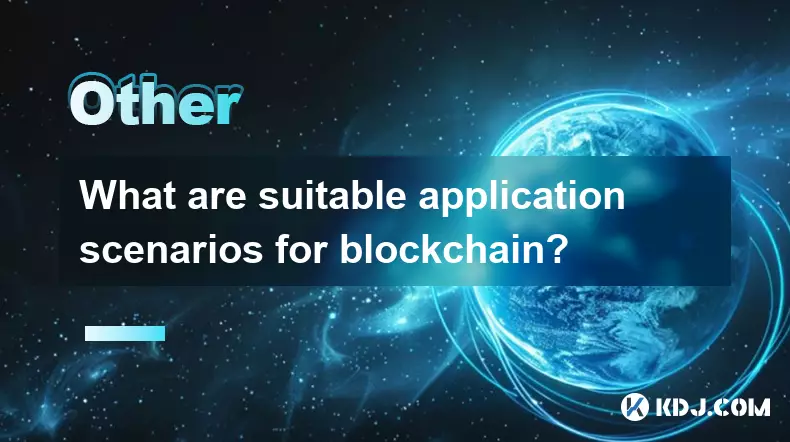
What are suitable application scenarios for blockchain?
Sep 20,2025 at 03:19am
Decentralized Finance (DeFi) Platforms1. Blockchain enables the creation of financial services without centralized intermediaries, allowing users to l...
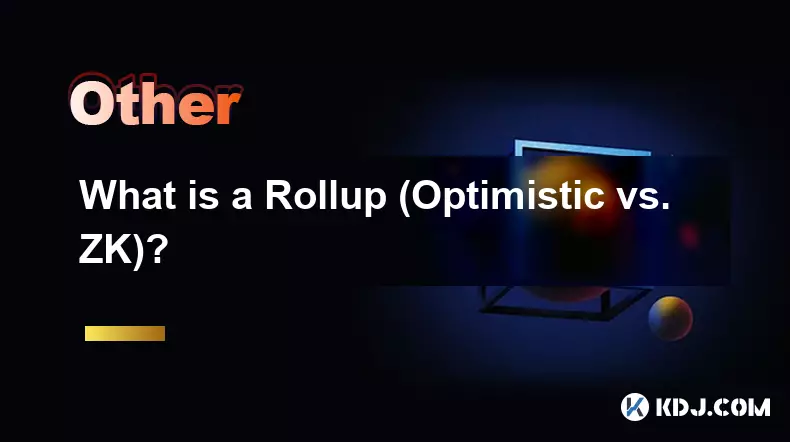
What is a Rollup (Optimistic vs. ZK)?
Sep 22,2025 at 03:00pm
Understanding Rollups in Blockchain Technology1. Rollups are layer-2 scaling solutions designed to increase transaction throughput on blockchains like...
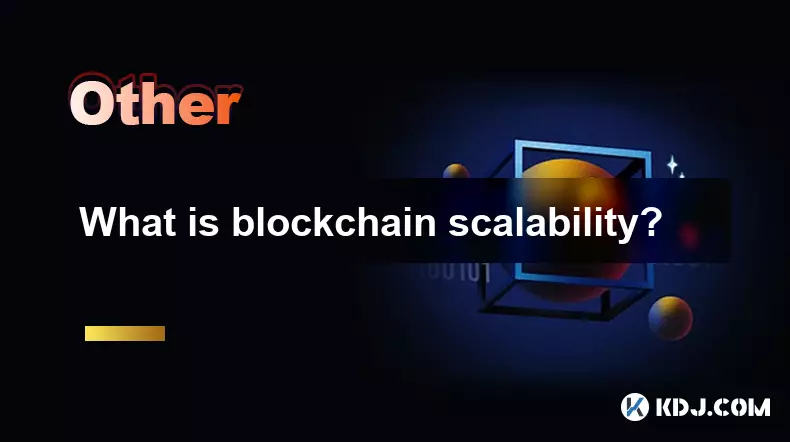
What is blockchain scalability?
Sep 19,2025 at 06:18am
Understanding Blockchain Scalability1. Blockchain scalability refers to a network's ability to handle an increasing number of transactions without com...
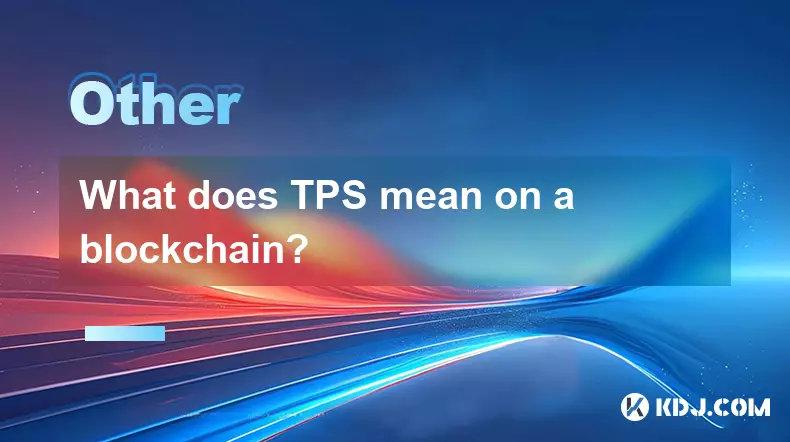
What does TPS mean on a blockchain?
Sep 21,2025 at 09:54am
Understanding TPS in Blockchain Technology1. TPS stands for Transactions Per Second, a metric used to measure the number of transactions a blockchain ...
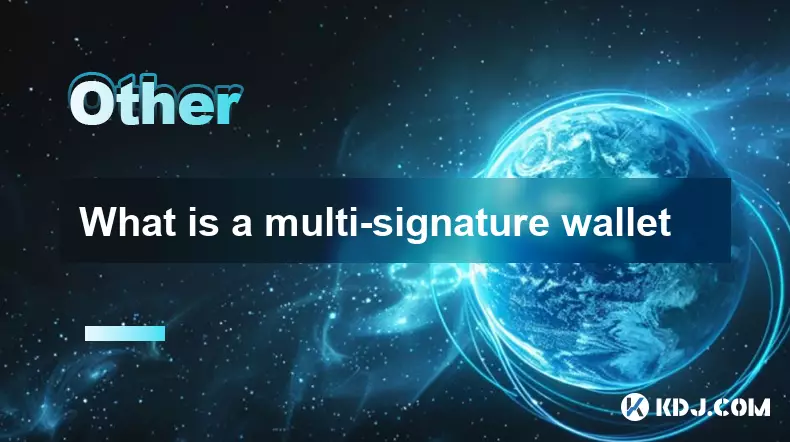
What is a multi-signature wallet
Sep 20,2025 at 07:00am
Understanding Multi-Signature Wallets in Cryptocurrency1. A multi-signature wallet, often referred to as a multisig wallet, is a type of cryptocurrenc...

What is a token economy?
Sep 20,2025 at 12:18am
Understanding the Foundations of a Token Economy1. A token economy in the context of cryptocurrency refers to a system where digital tokens are used a...

What are suitable application scenarios for blockchain?
Sep 20,2025 at 03:19am
Decentralized Finance (DeFi) Platforms1. Blockchain enables the creation of financial services without centralized intermediaries, allowing users to l...

What is a Rollup (Optimistic vs. ZK)?
Sep 22,2025 at 03:00pm
Understanding Rollups in Blockchain Technology1. Rollups are layer-2 scaling solutions designed to increase transaction throughput on blockchains like...

What is blockchain scalability?
Sep 19,2025 at 06:18am
Understanding Blockchain Scalability1. Blockchain scalability refers to a network's ability to handle an increasing number of transactions without com...

What does TPS mean on a blockchain?
Sep 21,2025 at 09:54am
Understanding TPS in Blockchain Technology1. TPS stands for Transactions Per Second, a metric used to measure the number of transactions a blockchain ...

What is a multi-signature wallet
Sep 20,2025 at 07:00am
Understanding Multi-Signature Wallets in Cryptocurrency1. A multi-signature wallet, often referred to as a multisig wallet, is a type of cryptocurrenc...
See all articles

























![Web3 Crypto Market Morning Report: Fomo on the Bnb chain continues, Binance launches the chain-sweeping platform Meme Rush, the market value of Xiuxian exceeds 40 million U.S. dollars, OK Binance business war begins [Vic TALK Issue 1437] Web3 Crypto Market Morning Report: Fomo on the Bnb chain continues, Binance launches the chain-sweeping platform Meme Rush, the market value of Xiuxian exceeds 40 million U.S. dollars, OK Binance business war begins [Vic TALK Issue 1437]](/uploads/2025/10/10/cryptocurrencies-news/videos/web-crypto-market-morning-report-fomo-bnb-chain-continues-binance-launches-chainsweeping-platform-meme-rush-market-xiuxian-exceeds-dollars-binance-business-war-vic-talk-issue/68e861c5dbd1c_image_500_375.webp)
















































